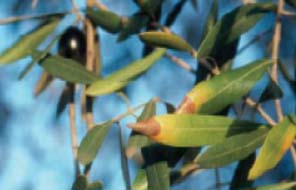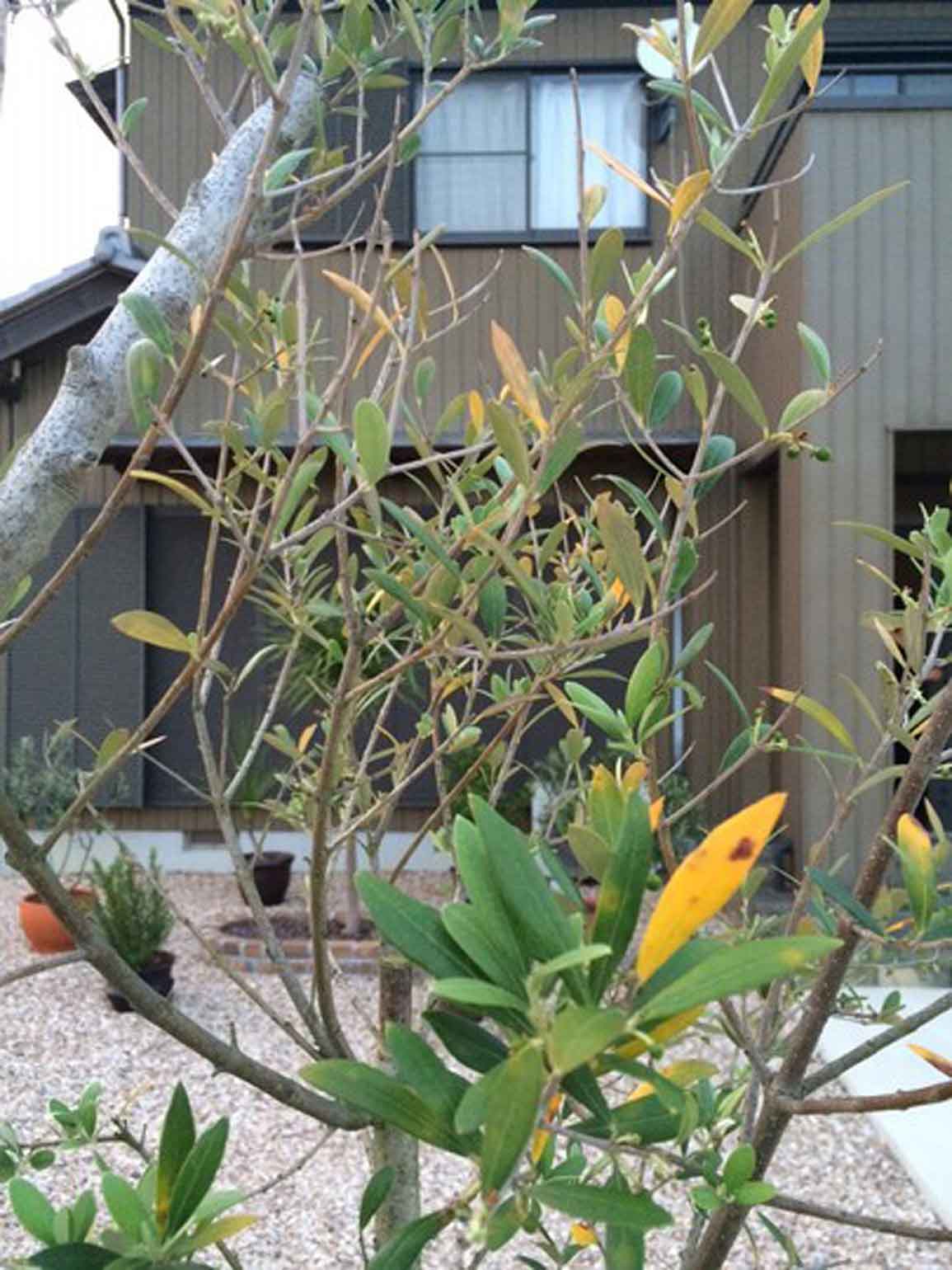|
|
| Boron Deficiency in Olive |
| Boron Deficiency in Olive is the most frequent micronutrient disorder in olive (Olea spp.) orchards. We tested the hypothesis that plant boron status affects phenolic metabolism, which, in turn, influences several ecophysiological traits of olive (Olea europaea L.) trees, by studying the effects of boron deficiency on leaf phenolic compounds of olive in a growth chamber experiment (CE) and a field experiment(FE). |
|
 |
| Boron Deficiency in Olive is frequently observed in olive orchards, and is responsible for considerable loss of productivity (Bongi and Pallioti 1994, Tsadilas and Chartzoulakis 1999). Olea europaea L. leaves contain a wide variety of phenolic compounds including phenolic acids, phenylpropanoids, flavonoids. |
 |
Boron Deficiency in Olive had no significant effect on trichome density (trichome fresh mass per unit of leaf area, data not shown) of CE plants. In trichomes isolated from young leaves of CE plants, the B treatment increased the concentration of quercetin 3-O-rutinoside and decreased the concentration of quercetin aglycone Olive Diseases and Pests there were no significant effects of Boron Deficiency in Olive on the trichome phenolics of mature leaves. Boron deficiency enhanced the phenolic concentration of de-haired leaves of CE plants. The difference in phenolic concentrations between boron treatments was greater between YB+ and YB leaves than between MB+ and MB leaves |
|
|
|

